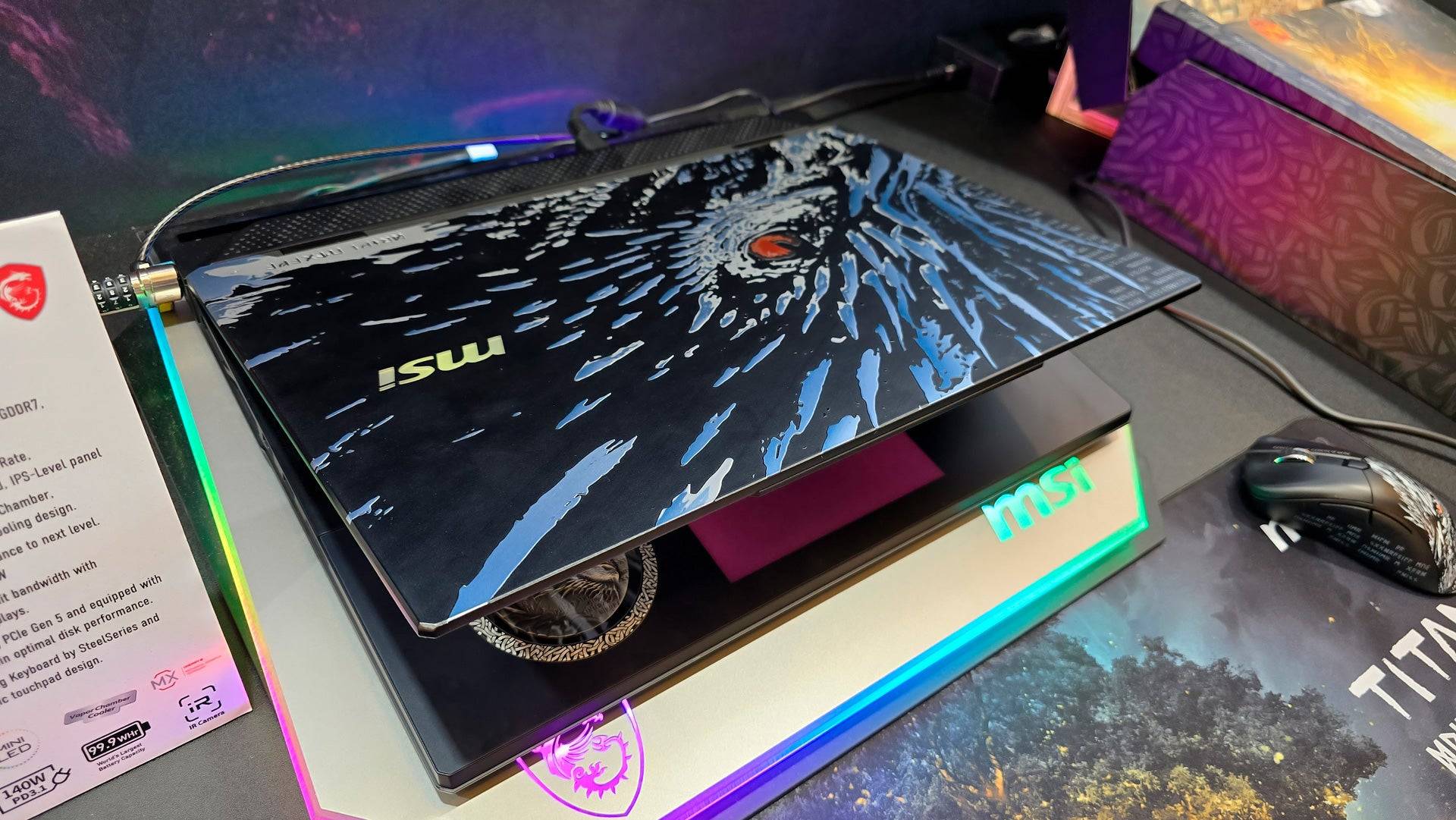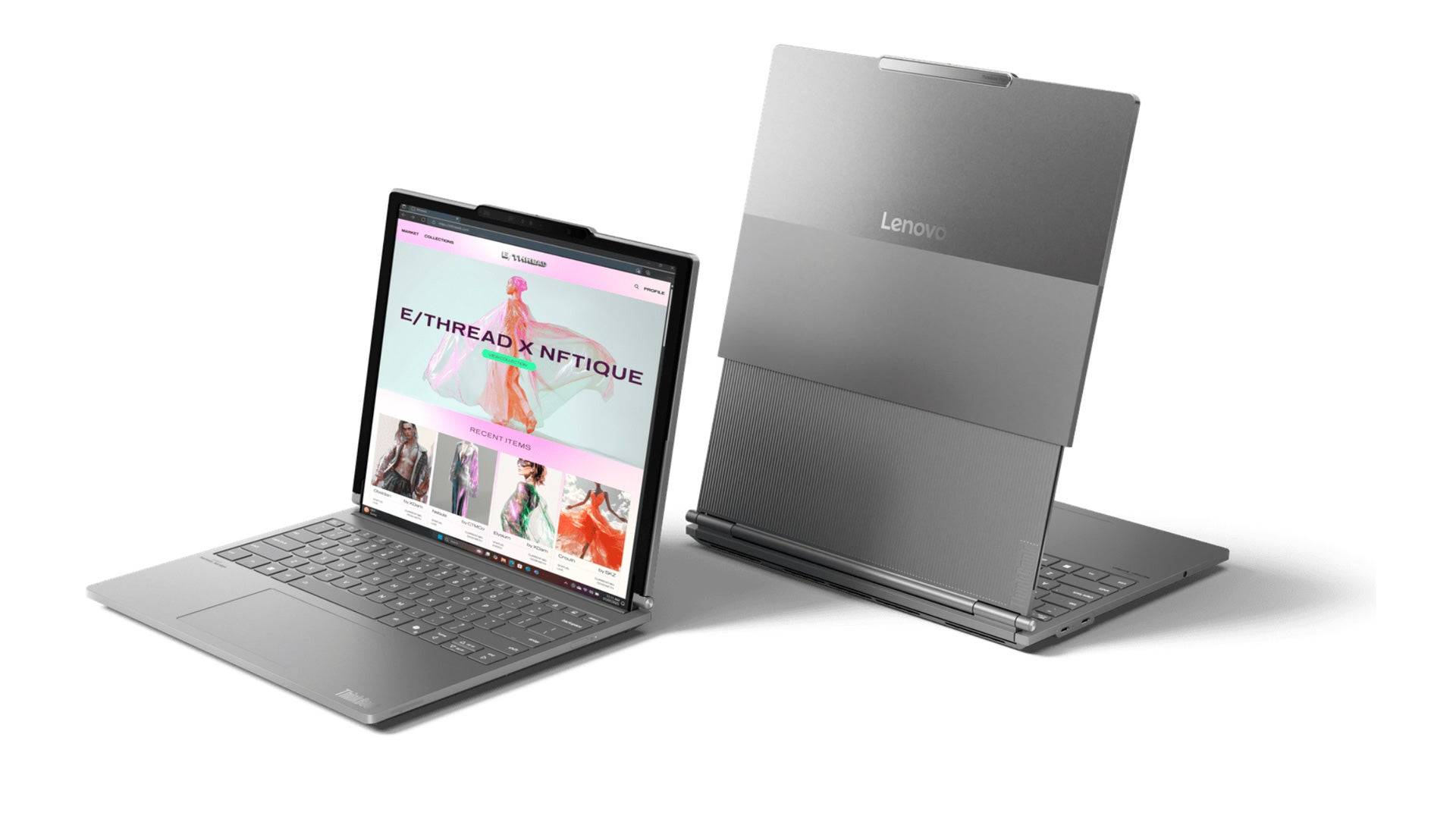CES 2024 showcased a plethora of gaming laptops, revealing key trends shaping the market. Here's a summary of the most significant developments:
Diverse Design Language:
Gaming laptops are moving beyond the traditional bulky aesthetic. Manufacturers like Gigabyte and MSI are blurring the lines between productivity and gaming machines. This year saw a wider spectrum of designs, ranging from sleek, professional-looking laptops like the Gigabyte Aero series to aggressively styled machines like the MSI Titan 18 HX AI Dragonforged Edition, boasting prominent branding. RGB lighting remains prevalent, with innovative implementations such as Asus ROG Strix Scar's AniME Dot Matrix LED display offering customizable text and animations.

While innovation isn't revolutionary, expect a broader selection of form factors, from lightweight and thin to large and powerful systems.
The Rise of AI Assistants:
AI integration in gaming laptops is evolving. Several vendors demonstrated AI assistants capable of controlling PC settings without manual intervention. One example showcased an MSI assistant automatically optimizing performance settings based on the selected game. However, the practical benefits and offline functionality require further evaluation.
Display Innovations:
Mini-LED technology is gaining traction, with Asus, MSI, and Gigabyte showcasing laptops featuring high local dimming zones for improved contrast and brightness. While OLED still offers superior contrast, Mini-LED provides a compelling alternative with higher sustained brightness and no burn-in risk.

Other notable innovations include the return of the ASUS ROG Flow X13 with eGPU support via USB4 and Lenovo's ThinkBook Plus Gen 6 Rollable, featuring a unique rollable OLED display. While the rollable display is intriguing, its long-term durability remains a concern.

Ultrabooks Gaining Ground:
Ultrabook-style gaming laptops are becoming increasingly popular. Manufacturers are embracing thin, lightweight, and minimalist designs, exemplified by Gigabyte's updated Aero lineup. These laptops offer a balance between portability and gaming capabilities, particularly for users who don't require maximum settings on the latest titles. The improved performance of integrated graphics from AMD and Intel, coupled with upscaling technologies like AMD FidelityFX Super Resolution and Intel XeSS, makes casual gaming feasible on these machines. Cloud gaming services like Xbox Cloud Gaming and Nvidia GeForce Now further enhance this trend.

The future of gaming laptops is bright, with numerous exciting developments on the horizon. What trends caught your attention? Share your thoughts in the comments below!
















